You might be wondering things like, how does a menstrual cup work? What does it do? What if it has an odor? But don’t worry, we’ll answer all your questions in one of our biggest FAQs to date. Let’s start with the easy ones first.
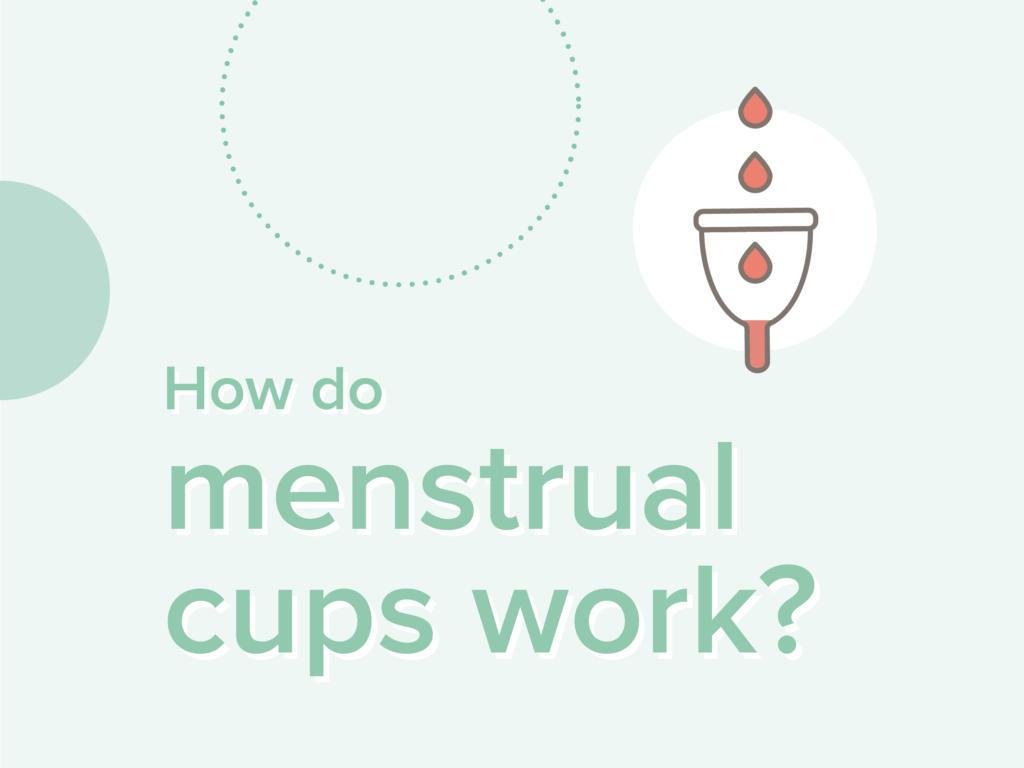
A menstrual cup is a sustainable and reusable period product. It is made from medical-grade silicone and is free from dyes, harmful chemicals and BPA. They are a flexible and easy-to-use alternative that can last for years. Instead of absorbing period blood like tampons or pads, menstrual cups collect the blood in their cone-shaped design. They come in multiple sizes, and ours are shipped with recycled cardboard to cut back on waste.
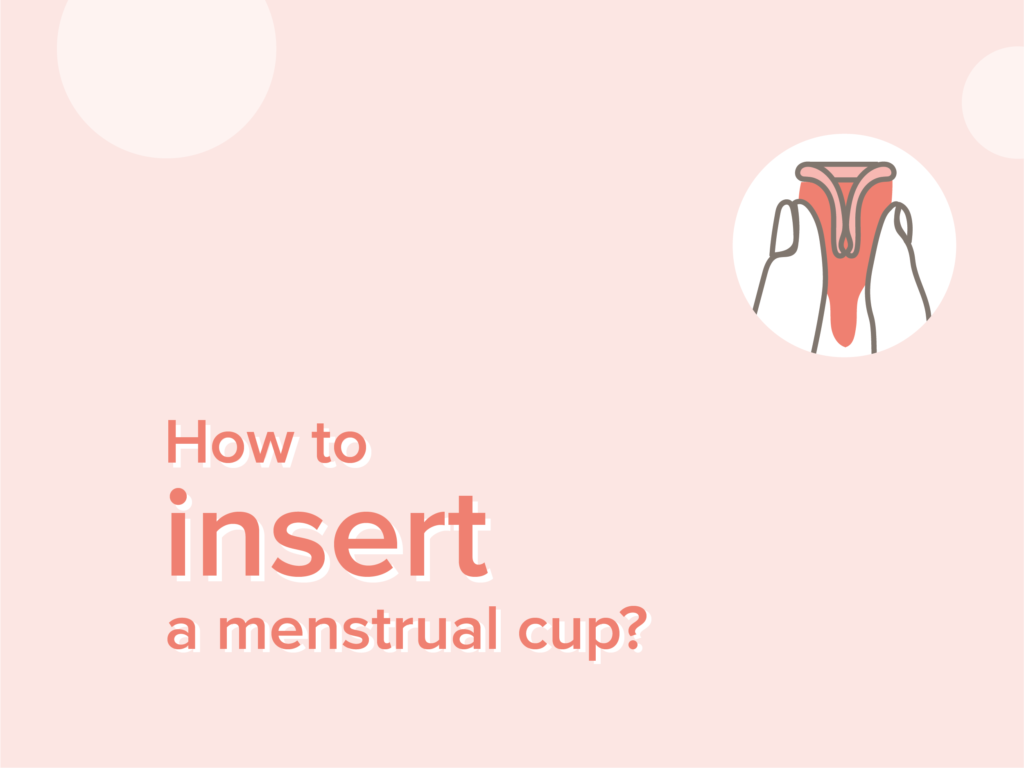
It can be a little challenging at first when inserting a cup, but there are a few things to remember.
- Always wash your hands with a mild soap or cup wash before touching yourself or your cup.
- Relax and get into a comfortable position
- Fold your cup in either a c fold or punch down fold
- Insert your cup and release it!
- It should never be uncomfortable or painful!
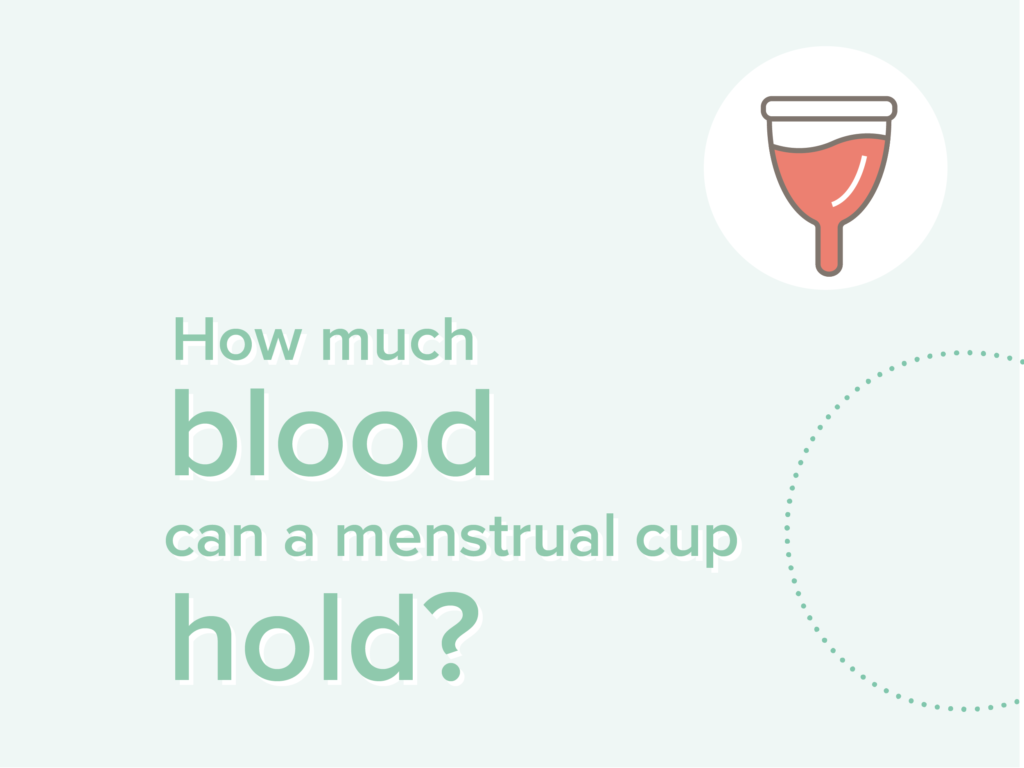
blood and medium or large cups can hold up between 1-1.5 ounces. This might not seem like much but the average person only releases about 2-3 tablespoons (or 1.5 ounces) of blood during each period.
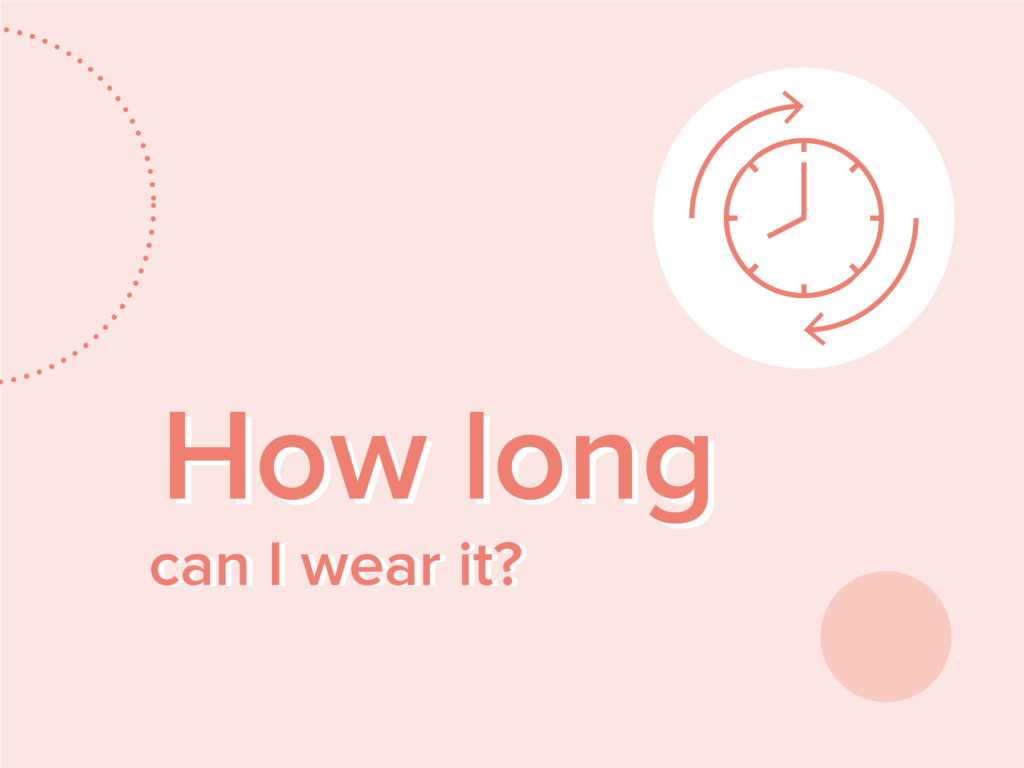
The usage limit of 12 hours is a recommendation, but longer use will not necessarily cause problems. We recommend changing it 3-4 times a day to avoid any risk of infections.
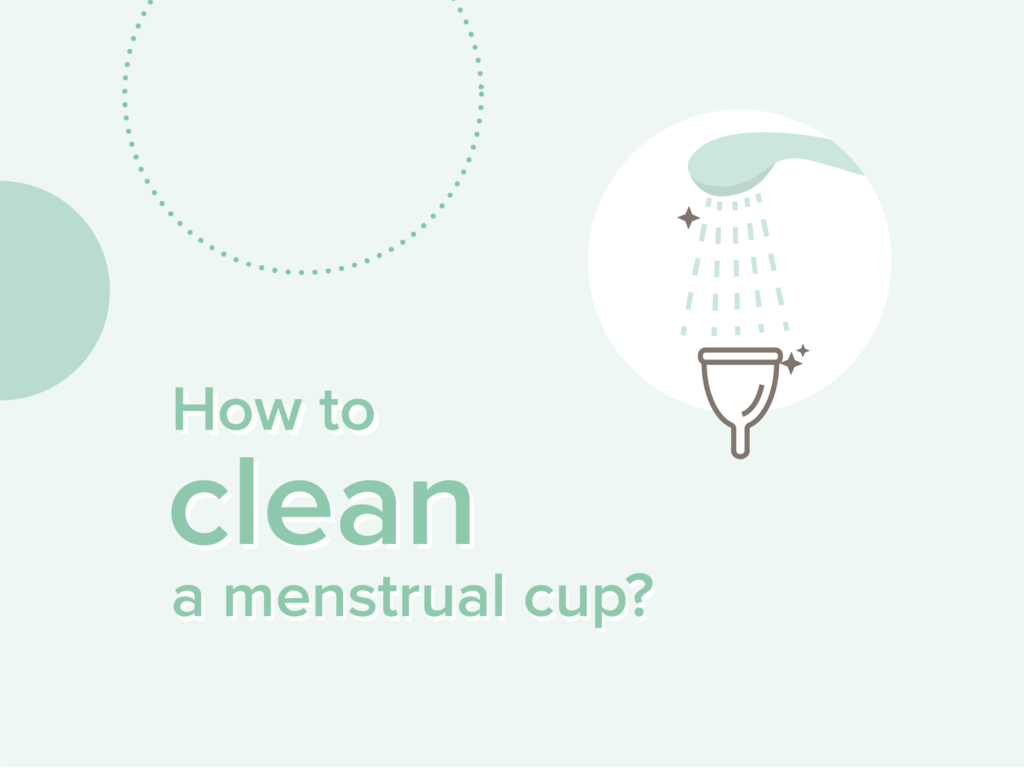
Menstrual cups should be cleaned before and after your cycle and after emptying. We suggest boiling your menstrual cup for 5 minutes. If this is not a good option for you (say, while you’re out shopping or camping) wipe your cup out with toilet paper or use a disinfecting wipe.
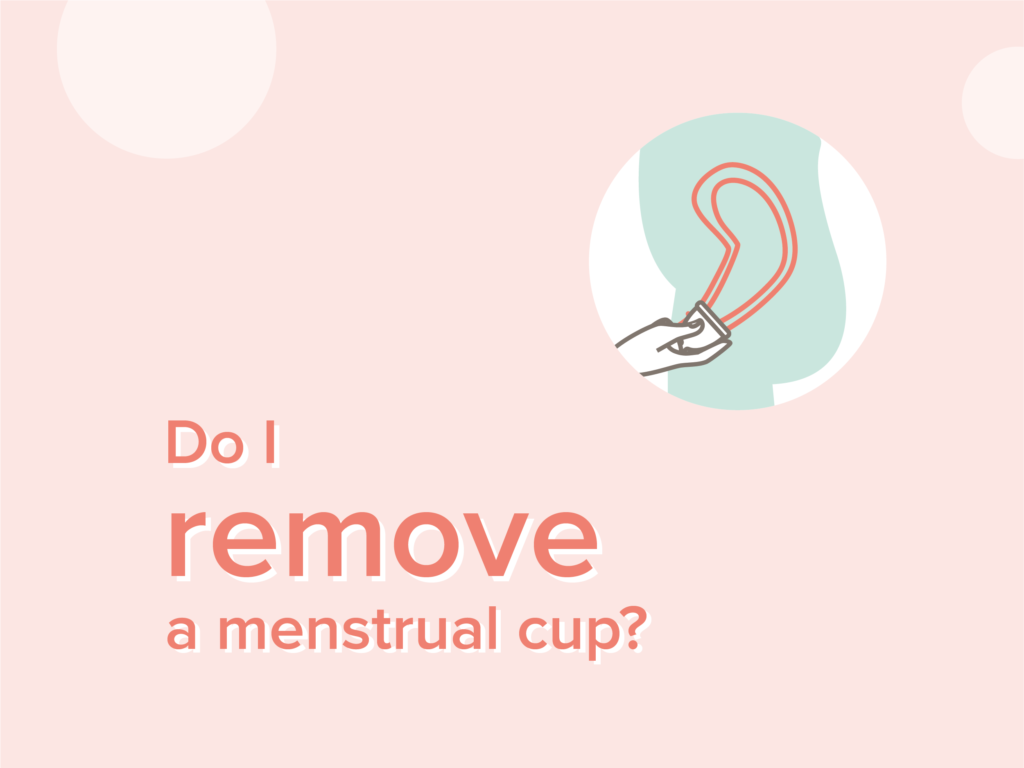
Like insertion, it might take a few tries to get the hang of how to remove your cup quickly.
- Always wash your hands with a mild soap or cup wash before touching yourself or your cup.
- Relax and take a deep breath, and find a comfortable position that works best for you.
- Find the stem of the menstrual cup and make your way towards the base. Don’t pull on the stem.
- Pinch the bottom of the base to release the seal and gently ease the cup out.
- Empty, rinse and reinsert, or empty and sanitise
If you’re having trouble easing a finger to the rim of the cup, manually breaking the seal is an easy way to get your cup out.

We recommend replacing menstrual cups every few years depending on how well you take care of it. We have users who have used their cup for many years but some prefer to change it yearly. You should replace yours if it has any tears, holes, or just isn’t in good condition anymore. Even if you replace your cup every second year, you’ll be spending hundreds less than you would on pads or tampons!








